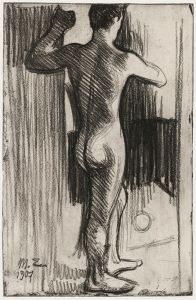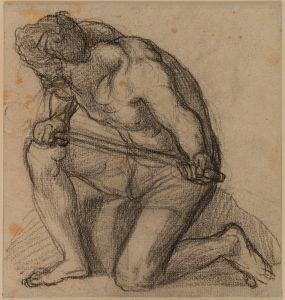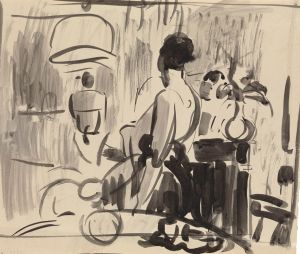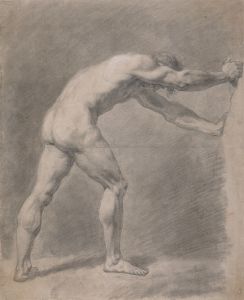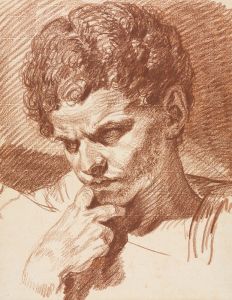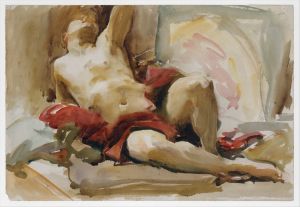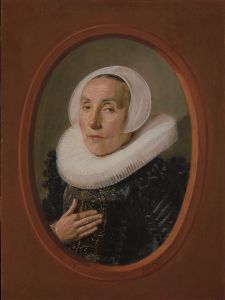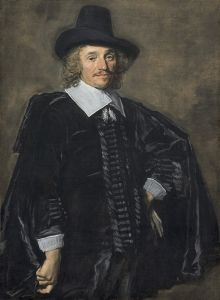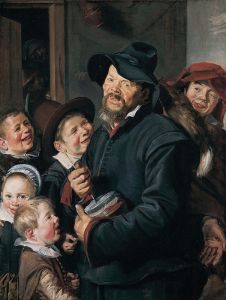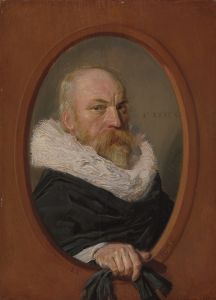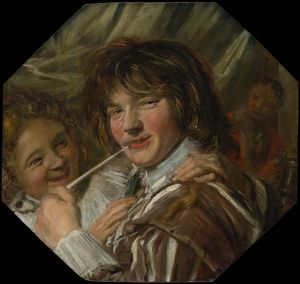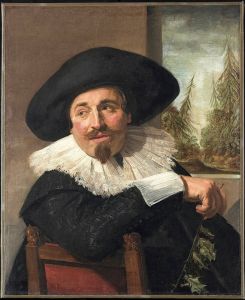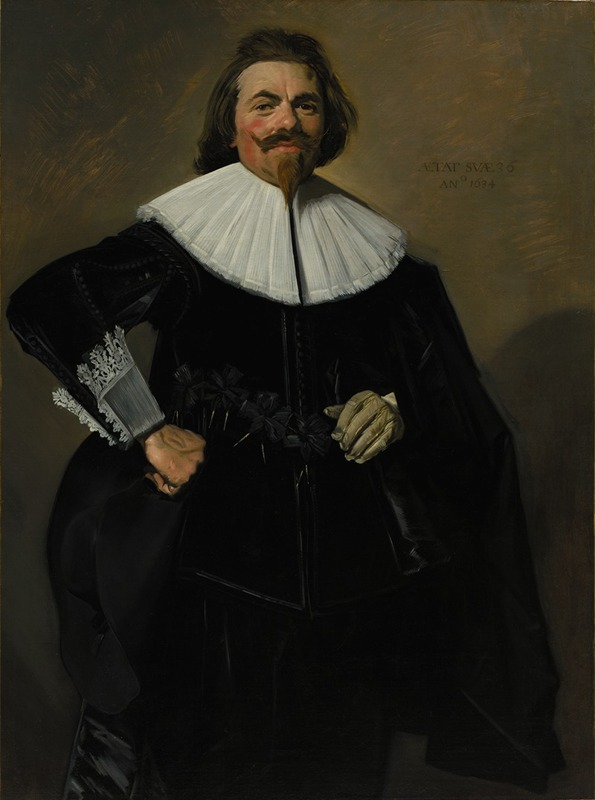
Portrait of Tieleman Roosterman
A hand-painted replica of Frans Hals’s masterpiece Portrait of Tieleman Roosterman, meticulously crafted by professional artists to capture the true essence of the original. Each piece is created with museum-quality canvas and rare mineral pigments, carefully painted by experienced artists with delicate brushstrokes and rich, layered colors to perfectly recreate the texture of the original artwork. Unlike machine-printed reproductions, this hand-painted version brings the painting to life, infused with the artist’s emotions and skill in every stroke. Whether for personal collection or home decoration, it instantly elevates the artistic atmosphere of any space.
"Portrait of Tieleman Roosterman" is a painting by the renowned Dutch Golden Age artist Frans Hals. Created in 1634, this oil on canvas work is a prime example of Hals' skill in portraiture, capturing the essence and character of his subjects with remarkable vitality and realism. The painting is housed in the Cleveland Museum of Art, which acquired it in 1951.
Frans Hals, born in 1582/1583 in Antwerp and later based in Haarlem, was one of the leading portrait painters of the 17th century. His work is celebrated for its lively brushwork and the ability to convey the personality and status of his sitters. Hals' portraits often feature a distinctive sense of immediacy and spontaneity, achieved through his loose and dynamic painting technique.
Tieleman Roosterman, the subject of this portrait, was a wealthy textile merchant in Haarlem. His successful business dealings and prominent social standing made him an ideal candidate for a portrait by Hals, who frequently painted members of the affluent Dutch bourgeoisie. The portrait reflects Roosterman's status and confidence, with Hals capturing his assertive gaze and dignified posture.
In the painting, Roosterman is depicted wearing a fashionable black outfit with a broad-brimmed hat, a style typical of the Dutch elite during this period. The dark clothing contrasts with the white lace collar and cuffs, highlighting the sitter's face and hands. Hals' use of light and shadow adds depth to the portrait, emphasizing Roosterman's facial features and the texture of his attire.
The composition of the portrait is straightforward yet effective, focusing on the upper half of Roosterman's body. Hals employs a limited color palette, which was common in his work, allowing the viewer to concentrate on the subject's expression and demeanor. The background is kept simple and unobtrusive, ensuring that Roosterman remains the focal point of the painting.
Hals' technique in this portrait is characterized by his rapid, confident brushstrokes, which convey a sense of movement and life. This approach was innovative at the time and set Hals apart from many of his contemporaries, who favored a more polished and detailed style. The painter's ability to capture the fleeting expressions and subtle nuances of his subjects' personalities is evident in this work.
"Portrait of Tieleman Roosterman" is not only a testament to Hals' mastery of portraiture but also provides insight into the social and cultural context of the Dutch Golden Age. The painting reflects the prosperity and self-assurance of the Dutch middle class during this period, as well as their desire to document their status and achievements through art.
Today, the portrait remains an important piece within the Cleveland Museum of Art's collection, offering viewers a glimpse into the life and times of 17th-century Holland. It continues to be studied and admired for its artistic excellence and historical significance, exemplifying Frans Hals' enduring legacy as one of the great portraitists of his era.





